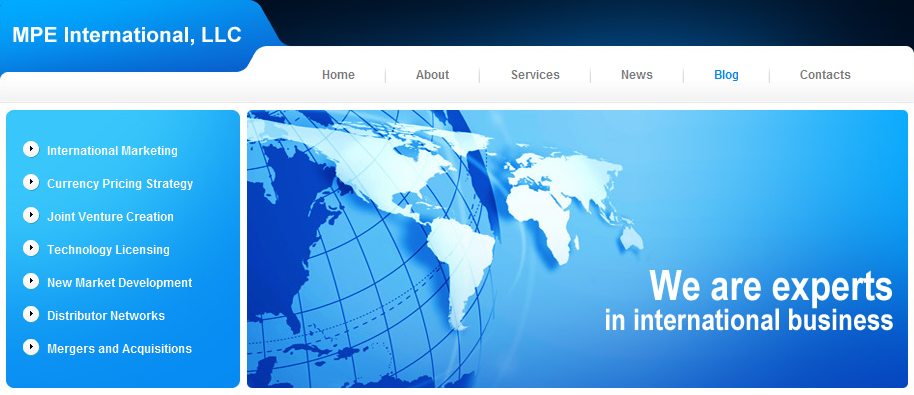A number of countries including Egypt, Tunisia, Bahrain, Libya and Yemen are experiencing or recovering from turmoil. Recent reports indicate that Syria and Saudi Arabia may follow suit in the near future. It is clear the current situation in the Middle East region has slowed down business development, at least momentarily. Some large international companies directed their Egyptian factories to close and employees to work from home and only recently reopened plants after the demonstrations and violence had subsided.
The resulting question is “Does the present Middle Eastern situation represent risk or opportunity for business and economic growth?”
Over the years international businesses owners and managers have told me that elections or any type of political change can induce uncertainty and as a result business decisions are delayed until certainty is restored. How does this relate to the current turmoil in the Middle East? In many cases citizens are focused on meeting their immediate and basic needs, so it is likely that major business decisions or the purchase of optional luxury goods will be delayed until the governments have stabilized and the supply of basic necessities has been re-established.
It would appear that the risk of doing business in this region is short term until uncertainty is reduced and daily routines are resumed. The long term business opportunity for this region is favorable as it is populated by a largely youthful consumer base that may have more confidence in the future and presumably wish to make more consumer choices. The time to capture these opportunities will be upon us shortly.
What is the near term impact on Tristate companies who export or have operations in the Middle East? It is clear that when the region stabilizes there will be many business opportunities for those who are willing to be early entrants into this market. These opportunities will be enhanced by the relative youth of the population of the region. According to the Brookings Institute “the rapid population growth is such that youths under the age of 24 now make up 50-65 percent of the population of the Middle East.” In many of these countries the median age is 18 to 21 years, while the comparative median age of the US is 37 years.
The conclusion is clear; the deepest and most profitable market segment to target will be the youthful consumer. The youthful consumer will require more spending on infrastructure and this will continue to fuel the economic engine of the region.
Currently the region represents 5.3% of the world economy, and much of the spending is focused on warehouses, high rise skyscrapers, roads, airports and airplanes, desalination plants, water treatment plants, hospitals and basic infrastructure. For example, Saudi Arabia is presently building six (6) modern cities from the ground up. The Middle East market represents an opportunity that should not be ignored.
Mark Evans is the founder and Chief Consultant at MPE International, LLC located in West Chester, Ohio. Mark helps industrial and capital equipment companies develop international customers and distribution networks. He can be contacted at www.mpeinternational.com.
Originally published in the Cincinnati Enquirer Forum Section 27 March 2011

No comments:
Post a Comment